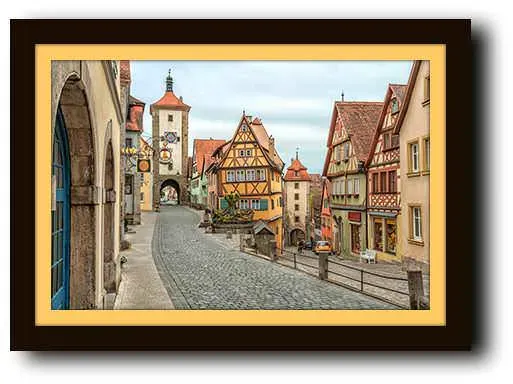 By the end of the Renaissance, jewelry trends had moved from simple, classical design peppered with enameled figures and architectural relief towards mountains of glittering faceted stones. Germany had become a leading source of gemstones and jewelry design in the sixteenth century, and the last decades of that century saw new species of ornament issuing forth from German soil: pieces with rich and varied surface decoration composed of scroll ornamentation set with flowers, fruit and figures. Precious stones that had been a fairly insignificant part of jewelry took on a prominent position in design. Used singly at first, in table-cut form, precious stones came next to be arranged next to one another and in long rows.
By the end of the Renaissance, jewelry trends had moved from simple, classical design peppered with enameled figures and architectural relief towards mountains of glittering faceted stones. Germany had become a leading source of gemstones and jewelry design in the sixteenth century, and the last decades of that century saw new species of ornament issuing forth from German soil: pieces with rich and varied surface decoration composed of scroll ornamentation set with flowers, fruit and figures. Precious stones that had been a fairly insignificant part of jewelry took on a prominent position in design. Used singly at first, in table-cut form, precious stones came next to be arranged next to one another and in long rows.
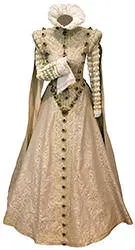 After the Thirty Years' War handicapped Germany's industries, jewelers sought employment elsewhere and it was from France that many new ideas came in the seventeenth century. French clothing fashions were evolving and influenced the jewelry that was produced in the region, and therefore the styles that were popular all around Europe. Instead of the velvet and brocade that were in vogue during the Renaissance, damask clothing was all the rage, along with an extravagant amount of lace and ribbons. Ornamentation became more open and lace-like in character to match the charming garments of the Baroque period, and the light nature of this meta-work was very suitable for the display of precious stones.
After the Thirty Years' War handicapped Germany's industries, jewelers sought employment elsewhere and it was from France that many new ideas came in the seventeenth century. French clothing fashions were evolving and influenced the jewelry that was produced in the region, and therefore the styles that were popular all around Europe. Instead of the velvet and brocade that were in vogue during the Renaissance, damask clothing was all the rage, along with an extravagant amount of lace and ribbons. Ornamentation became more open and lace-like in character to match the charming garments of the Baroque period, and the light nature of this meta-work was very suitable for the display of precious stones.
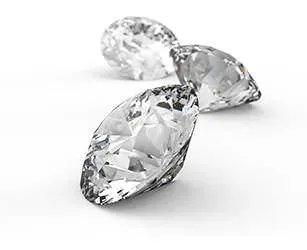 At first it was primarily colored precious stones that graced the jewelry of the Baroque period, but soon, the
At first it was primarily colored precious stones that graced the jewelry of the Baroque period, but soon, the ![]() diamond took absolute precedence over all other elements of the setting - metalwork and color were quite subordinate to the new glistening cuts available in the 1600s. From the fifteenth to the seventeenth century, there were two cuts practiced with diamonds. These were the point cut; a process by which the native octahedral shape of the rough diamond was polished and evened out, or table cuts; neither of which cut did much at all to enhance the brilliance of the stone. While Venice had been one of the two principal ports through which diamonds passed from India to Europe, French travelers succeeded in establishing new commercial relationships in India and introduced more precious stones, more diamonds, and more exact narratives of their experiences, which led to knowledge of new cuts. The rose cut came into wild popularity at the time; with its flat bottom and convex crown covered with a number of small facets, this new cut revealed the inherent qualities of the stone in a wonderful way. The brilliant cut came later, in eighteenth century Italy, but the rose was still popular until the early 1900s.
diamond took absolute precedence over all other elements of the setting - metalwork and color were quite subordinate to the new glistening cuts available in the 1600s. From the fifteenth to the seventeenth century, there were two cuts practiced with diamonds. These were the point cut; a process by which the native octahedral shape of the rough diamond was polished and evened out, or table cuts; neither of which cut did much at all to enhance the brilliance of the stone. While Venice had been one of the two principal ports through which diamonds passed from India to Europe, French travelers succeeded in establishing new commercial relationships in India and introduced more precious stones, more diamonds, and more exact narratives of their experiences, which led to knowledge of new cuts. The rose cut came into wild popularity at the time; with its flat bottom and convex crown covered with a number of small facets, this new cut revealed the inherent qualities of the stone in a wonderful way. The brilliant cut came later, in eighteenth century Italy, but the rose was still popular until the early 1900s.
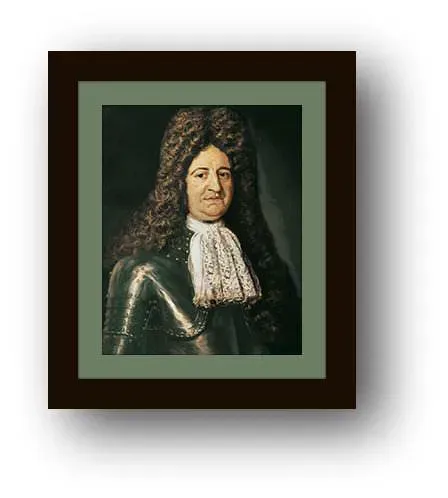 One of the reasons for the development of the incredibly luxurious Baroque styles of seventeenth century France was the conception of absolute monarchy as developed by Louis XIV. He made it the duty of the courts of France and Spain to wear their whole property in the form of gems upon their persons, to carry the value of their lands on their bodies and woven into the apparel of their wives anytime they appeared before his eyes. Gold garlands were molded into flowers and other designs all of which would cup huge rose cut or double rose cut stones. Sometimes these stones were backed with foil so as to produce attractive effects of lighting. Enameled jewelry was also often modeled after flowering plants. After 1640, it became popular to build up a surface with a paste of white enamel in the shape of a fruit or some other naturalistic design and then to paint it with colors according to nature.
One of the reasons for the development of the incredibly luxurious Baroque styles of seventeenth century France was the conception of absolute monarchy as developed by Louis XIV. He made it the duty of the courts of France and Spain to wear their whole property in the form of gems upon their persons, to carry the value of their lands on their bodies and woven into the apparel of their wives anytime they appeared before his eyes. Gold garlands were molded into flowers and other designs all of which would cup huge rose cut or double rose cut stones. Sometimes these stones were backed with foil so as to produce attractive effects of lighting. Enameled jewelry was also often modeled after flowering plants. After 1640, it became popular to build up a surface with a paste of white enamel in the shape of a fruit or some other naturalistic design and then to paint it with colors according to nature.
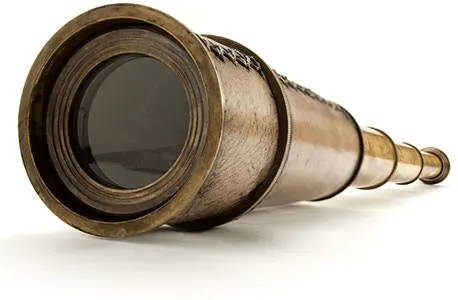 Scientific discovery was increasingly a part of life in the seventeenth century. Galileo's investigations of the planets enabled painters of the time to render the sky relatively accurately in their work. Also, Galileo's support of Copernican heliocentrism finally encouraged the public to understand that the sun is the center of the universe. Such discoveries changed the tone and content of art, influencing the rise of landscape painting without human figures, for example. Increased geographical exploration and colonization also influenced the rise of portrayals of exotic locales. Despite its reticence to accept changing mores, the Catholic church employed realistic and emotional art as a means of propagating the faith and as a tool to combat the spread of Protestantism; Protestant art and architecture at the time was simple and severe. In jewelry, these factors influenced the accuracy and ebullience with which naturalistic forms were rendered. Ecstasies of religious fervor, individuals in the throws of life experiences, and infinite space, instead of contained environments, were portrayed with frequency in sculpture, painting, and in shallow relief on jewelry.
Scientific discovery was increasingly a part of life in the seventeenth century. Galileo's investigations of the planets enabled painters of the time to render the sky relatively accurately in their work. Also, Galileo's support of Copernican heliocentrism finally encouraged the public to understand that the sun is the center of the universe. Such discoveries changed the tone and content of art, influencing the rise of landscape painting without human figures, for example. Increased geographical exploration and colonization also influenced the rise of portrayals of exotic locales. Despite its reticence to accept changing mores, the Catholic church employed realistic and emotional art as a means of propagating the faith and as a tool to combat the spread of Protestantism; Protestant art and architecture at the time was simple and severe. In jewelry, these factors influenced the accuracy and ebullience with which naturalistic forms were rendered. Ecstasies of religious fervor, individuals in the throws of life experiences, and infinite space, instead of contained environments, were portrayed with frequency in sculpture, painting, and in shallow relief on jewelry.
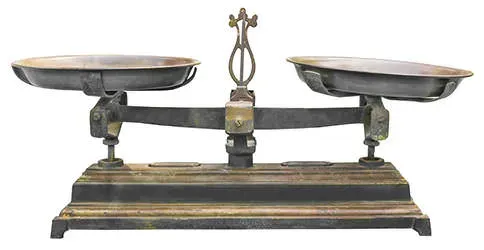 The beginning of the Baroque period saw simpler styles than the late period: first artistic efforts in the sixteenth century were reactions against the anticlassical Mannerism of the late Renaissance. Coincident with developing interest in scientific naturalism was this movement for strict, believable imagery, clarity, monumentality, and balance. By the middle of the seventeenth century, however, the high Baroque period had begun, which was characterized by absolute exuberance and theatricality, and it is that period which we associate with Baroque jewelry. Despite its extravagance, the Baroque style prized symmetry and balance. Contrasts are always evened out; light and dark, movement in tension with stillness. Decorative work of the period has energy, but is still restrained by classical rules.
The beginning of the Baroque period saw simpler styles than the late period: first artistic efforts in the sixteenth century were reactions against the anticlassical Mannerism of the late Renaissance. Coincident with developing interest in scientific naturalism was this movement for strict, believable imagery, clarity, monumentality, and balance. By the middle of the seventeenth century, however, the high Baroque period had begun, which was characterized by absolute exuberance and theatricality, and it is that period which we associate with Baroque jewelry. Despite its extravagance, the Baroque style prized symmetry and balance. Contrasts are always evened out; light and dark, movement in tension with stillness. Decorative work of the period has energy, but is still restrained by classical rules.
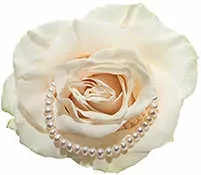 One of the most popular ornaments in seventeenth century England was an aigrette. The aigrette was fixed to the hair on occasions of ceremony, and was generally formed of a bouquet of flowers on movable stalks, composed of clusters of precious stones in enameled gold, and was accompanied sometimes by a jeweled knot. Also popular were strings of pearls plaited through the hair.
One of the most popular ornaments in seventeenth century England was an aigrette. The aigrette was fixed to the hair on occasions of ceremony, and was generally formed of a bouquet of flowers on movable stalks, composed of clusters of precious stones in enameled gold, and was accompanied sometimes by a jeweled knot. Also popular were strings of pearls plaited through the hair.
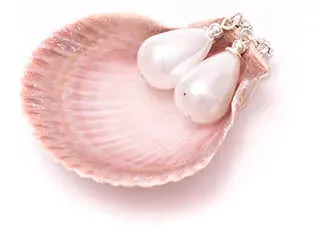 In the early seventeenth century, French and English portraits show that earrings were mostly large pear-shaped pearls in each ear. In the second half of the century, Spanish portraits show much more elaborate earrings: openwork rosettes or bow-shaped ornaments set with colored stones and hung with movable pendants. Some such Spanish earrings hung so low they might be mistaken for neck ornaments.
In the early seventeenth century, French and English portraits show that earrings were mostly large pear-shaped pearls in each ear. In the second half of the century, Spanish portraits show much more elaborate earrings: openwork rosettes or bow-shaped ornaments set with colored stones and hung with movable pendants. Some such Spanish earrings hung so low they might be mistaken for neck ornaments.
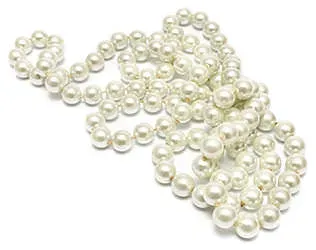 Necklaces of the time were often of light openwork design and were set with many diamonds or colored stones but seldom with large pendants. Soon such necklaces gave way to the trend of multiple strings of pearls. If large pendants existed, they were often attached to a velvet band that encircled the throat. Some of these pendants were engraved gems, enameled portraits or miniature cases or lockets. Throughout the seventeenth century, elaborate ornamentation was applied not only to settings and to the face of gemstones, but to the back of jewels: engravings or small panels of painted enamels proved the craftsman to have been hard at work to leave no surface plain. Bracelets were styled similarly to the light openwork of necklaces and were sometimes strung intermittently with medallions.
Necklaces of the time were often of light openwork design and were set with many diamonds or colored stones but seldom with large pendants. Soon such necklaces gave way to the trend of multiple strings of pearls. If large pendants existed, they were often attached to a velvet band that encircled the throat. Some of these pendants were engraved gems, enameled portraits or miniature cases or lockets. Throughout the seventeenth century, elaborate ornamentation was applied not only to settings and to the face of gemstones, but to the back of jewels: engravings or small panels of painted enamels proved the craftsman to have been hard at work to leave no surface plain. Bracelets were styled similarly to the light openwork of necklaces and were sometimes strung intermittently with medallions.
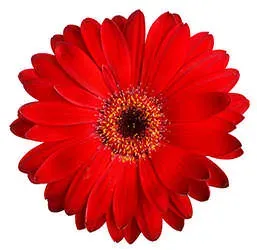 Rings made throughout the sixteenth and seventeenth centuries are essentially the same, stylistically. Small designs were engraved into the sides and shoulders of rings and towards the end of the seventeenth century a love of flower designs formed of arrangements of colored stones was prevalent. Sometimes these patterns of flowers were made to cover the entire surface of the ring and sometimes the flowers encircled hollow centers. The center of such a ring would have been filled with the hair of a lover and rhyming mottos were occasionally engraved on them. These were probably used as engagement or wedding rings. Ordinary decorative rings of the period featured diamonds in prominent settings.
Rings made throughout the sixteenth and seventeenth centuries are essentially the same, stylistically. Small designs were engraved into the sides and shoulders of rings and towards the end of the seventeenth century a love of flower designs formed of arrangements of colored stones was prevalent. Sometimes these patterns of flowers were made to cover the entire surface of the ring and sometimes the flowers encircled hollow centers. The center of such a ring would have been filled with the hair of a lover and rhyming mottos were occasionally engraved on them. These were probably used as engagement or wedding rings. Ordinary decorative rings of the period featured diamonds in prominent settings.
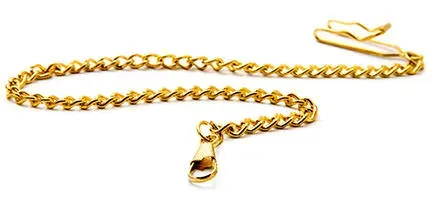 Girdles, so popular in the Renaissance, were still in vogue throughout Baroque Europe, and massive linked chains were de rigueur, strung over the waists of many fine ladies. From chains dangled elaborate pomanders, which were made of gold or silver and were often perforated and filled with perfumes so as to give off beautiful scents.
Girdles, so popular in the Renaissance, were still in vogue throughout Baroque Europe, and massive linked chains were de rigueur, strung over the waists of many fine ladies. From chains dangled elaborate pomanders, which were made of gold or silver and were often perforated and filled with perfumes so as to give off beautiful scents.
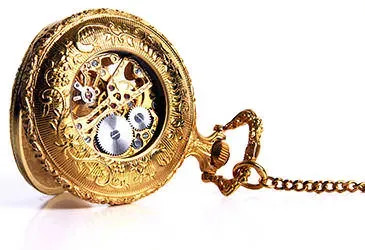 The watch as we know it today began in the Baroque period. From the early part of the seventeenth century, the watch took a round form with the more or less flat face. The forms were highly decorated, however, with enameled flowers in relief of various colors and kinds and small diamonds encrusted all over. The watch was hung by a chain to the woman's girdle or from the fob-pocket of men along with a jeweled seal used like a signet ring.
The watch as we know it today began in the Baroque period. From the early part of the seventeenth century, the watch took a round form with the more or less flat face. The forms were highly decorated, however, with enameled flowers in relief of various colors and kinds and small diamonds encrusted all over. The watch was hung by a chain to the woman's girdle or from the fob-pocket of men along with a jeweled seal used like a signet ring.
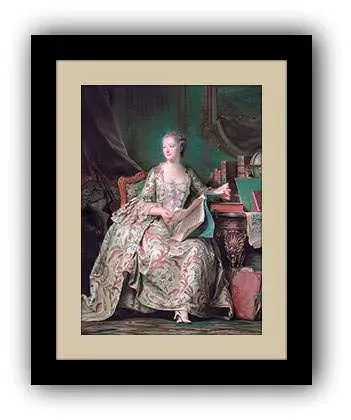 Towards the end of the seventeenth century, the style known as Rococo evolved from the Baroque. Rich fantastic scrolls and crimped shellwork was wrought into irregular forms; lyrical but inorganic, rich in decorative charm. Jewelry was less affected by this exaggerated style than other art forms, but there were certainly certain notable evolutions. The subject of shallow relief moved from dramatic scenes to more pastoral subjects representing friendship, and the primacy of precious stones, pearls, and diamonds in their settings was somehow increased. Late Rococo, halfway through the eighteenth century, became simpler especially after Madame de Pompadour became an influential figure in Paris. Also, when the city of Pompeii was discovered in 1755, artists from all over the world flooded into Italy and the mannerism of Rococo ornament faded from fashion with yet another classical revival on the rise.
Towards the end of the seventeenth century, the style known as Rococo evolved from the Baroque. Rich fantastic scrolls and crimped shellwork was wrought into irregular forms; lyrical but inorganic, rich in decorative charm. Jewelry was less affected by this exaggerated style than other art forms, but there were certainly certain notable evolutions. The subject of shallow relief moved from dramatic scenes to more pastoral subjects representing friendship, and the primacy of precious stones, pearls, and diamonds in their settings was somehow increased. Late Rococo, halfway through the eighteenth century, became simpler especially after Madame de Pompadour became an influential figure in Paris. Also, when the city of Pompeii was discovered in 1755, artists from all over the world flooded into Italy and the mannerism of Rococo ornament faded from fashion with yet another classical revival on the rise.